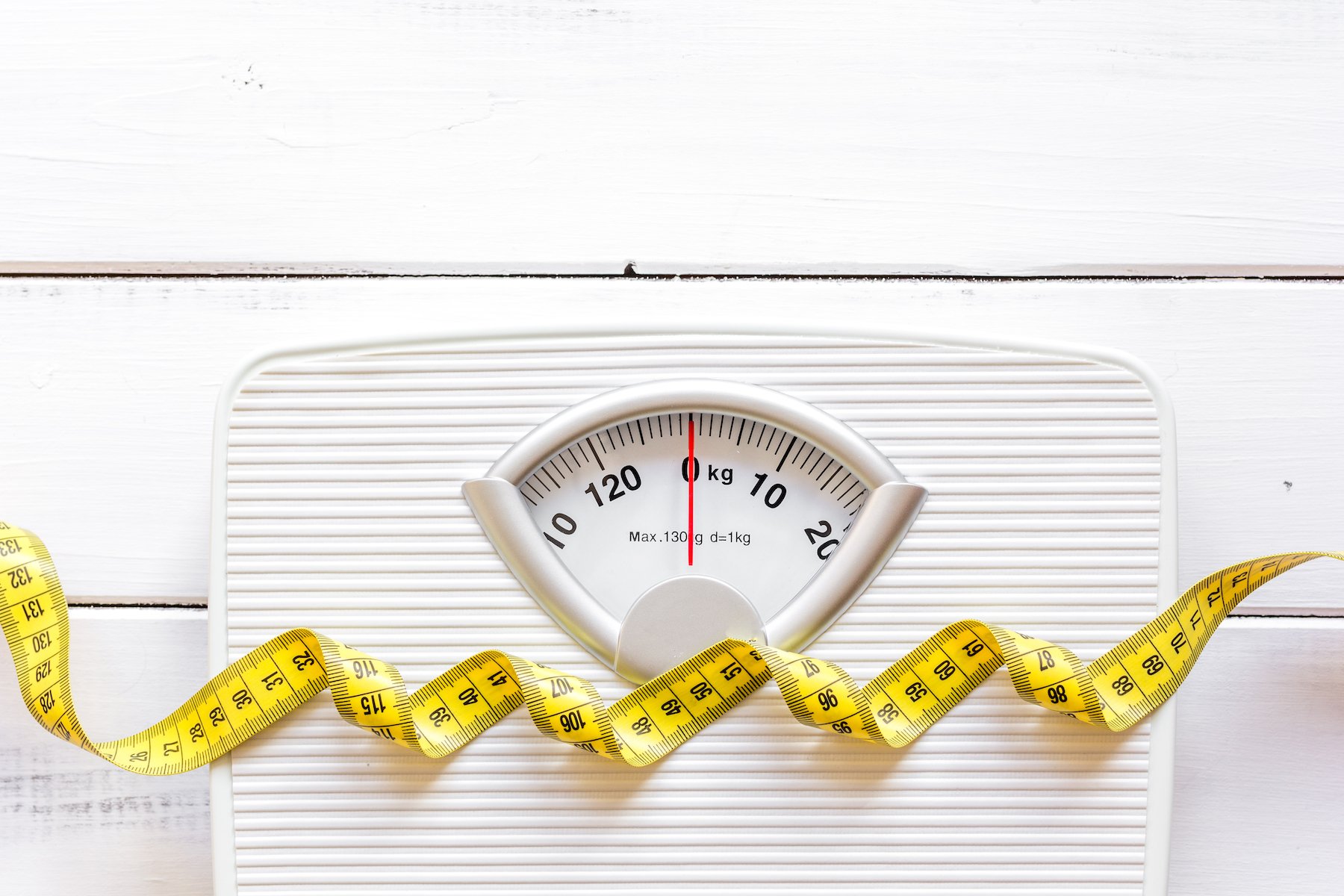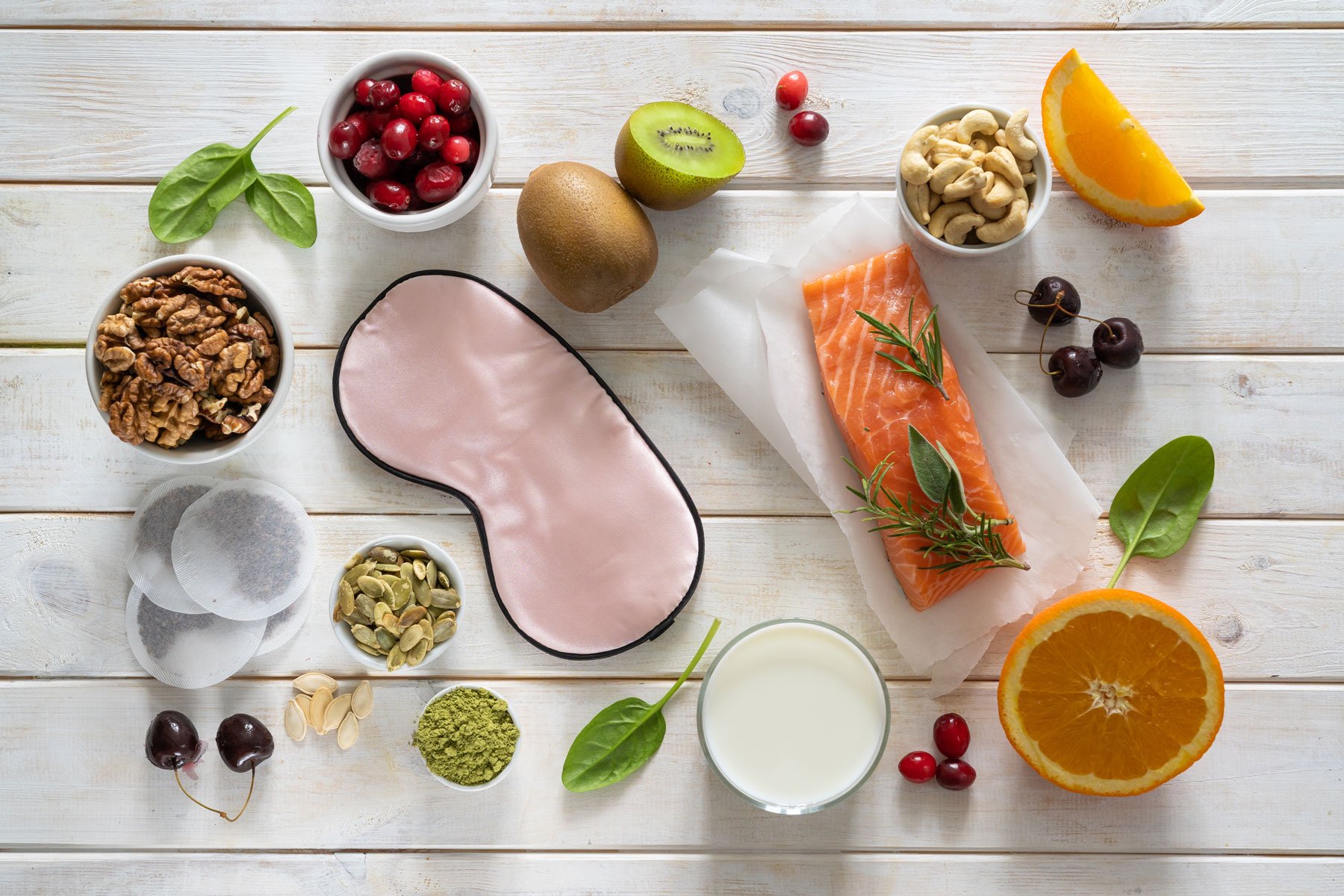When it comes to weight loss, every human body is different; various diets and even individual foods affect people in unique ways. That’s one reason some people now use continuous glucose monitoring (CGM) as a tool for health.
Originally used exclusively for managing diabetes, CGM lets you observe your glucose (blood sugar) levels in real-time, providing feedback on how certain foods (or combinations of foods), exercise, stress, sleep, and other lifestyle factors affect you in the moment. These insights can support the behavior changes required to help your body shed weight and help you optimize your body’s metabolic health.
Levels data shows that 70 percent of members who are overweight or obese when they start CGM lose weight. The average weight loss is more than 10 pounds, and many Levels members have weight loss in the 50–100 pound range. Without calorie restriction or any particular exercise program, some people reach their optimal weight with CGM.
If you’re curious about using CGM for weight loss, learn how to get the most out of it to reach and maintain a healthy weight.
How CGM Helps Set You Up for Weight-Loss Success
Most conversations about weight loss focus on diet, exercise, and energy balance (also known as “calories in, calories out”). It’s an oversimplification that ignores some important aspects of weight loss. One of the most foundational is behavior change. Even when you know what you should eat, changing your long-held eating habits can be challenging.
Research underscores the magnitude of this behavior problem: One 2017 study found that 40 percent of people don’t follow their doctor’s instructions when it comes to eating better or exercising more. That number can hit 70 percent if the advice requires a lot of effort or complex changes. A 2021 review published in the journal Cureus looked at the role of behavioral interventions in treating obesity. The study authors suggest that healthcare providers must move past the typical talking points about diet and exercise and instead discuss behavior modification techniques that support weight loss, including self-monitoring.
Self-monitoring for weight loss traditionally refers to food journaling or calorie counting. And it’s been proven effective time and time again. One study with almost 1,700 participants found food journalers lost twice as much weight as dieters who didn’t write down what they ate. But it’s easy to forget or avoid tracking a meal, especially if you know you ate something that’s not in line with your weight-loss goals. CGM paired with an app like Levels—which allows you to log your meals and scores them based on your metabolic response—takes much of that effort and avoidance out of the equation. In one study, 87 percent of people using CGM said the device caused them to make different food choices, and almost half said it made them more likely to exercise. For them, it solved the behavior change problem.
CGM also provides accountability. “Personally, nothing has made me more accountable to my diet than the CGM,” says Brandon McDaniel, who lost 20 pounds while using his CGM. “Wearing a CGM is like having someone standing over your shoulder saying, ‘Are you really going to eat that?’”
How Does Glucose Affect Weight Loss?
When your blood sugar remains too high too often, a hormonal effect hinders your body’s ability to burn fat. Here’s what’s behind that: Insulin is the primary anabolic hormone in the body. It’s a fat-storage hormone that makes it difficult to lose weight because the presence of insulin tells the body it doesn’t need to tap stored fat for fuel. For that reason, weight gain is common when people with diabetes start taking insulin.
Insulin levels rise along with blood sugar levels, so managing blood sugar may help reduce insulin and facilitate fat burning. This is where knowing your individual blood glucose responses to specific foods helps. Some people can eat complex carbs without causing spikes, while others can’t. When you wear a CGM, you learn what optimal blood sugar looks like. It’s essential to take a personalized approach, but the general guidelines are as follows:
- Fasting glucose: < 100 mg/dL (standard), 72-85 mg/dL (optimal)
- Post-meal glucose: < 140 mg/dL (standard), < 110 mg/dL (optimal)
- Average glucose: 89-104 mg/dL (standard), 79-100 mg/dL (optimal)
The point is not to avoid any rise in glucose—fluctuations are normal and healthy. The goal is to minimize consistent drastic spikes, as regular blood sugar surges and the accompanying rise in insulin can make your body less sensitive to the hormone, prompting the body to release more and more to process glucose.
“I know if I’m going to eat a particular food, there will be a spike, but that’s okay. I’m not concerned with the spike,” says Carl Banks. He’s working toward a weight-loss goal, but his bigger goal is sustainable metabolic health. After two years of CGM, he pays more attention to the time it takes for his levels to return to normal after a spike. That information drives his choices. “Watching the CGM has shown me that stringing two or three cheat days together takes about a week for my glucose to return to normal,” he explains. “So, I ask myself if every cheat day is worth it. Often, that’s no.”
How Does CGM Help With Diet?
Using a CGM can support positive diet changes in the following ways:
Provide actionable data on how your body responds to foods. Sometimes seemingly “healthy” foods can hinder weight loss—but there’s no way to spot the problems until you see your glucose data. Take Betsy McLaughlin, who lost 81 pounds after adjusting her diet using CGM data. Before using a CGM she counted sweet potatoes, quinoa, lentils, and other nutritious but carbohydrate-loaded foods among her favorites—and then she saw how her body responded.
“I was shocked because the first meal I had [after starting CGM] was a boiled sweet potato, and my glucose shot up to 180 or 190,” she recalls. Over time, she established a list of about 30 foods she knew wouldn’t spike her blood sugar. Her case illustrates that no whole food is good or bad, healthy or unhealthy. Learning how food affects you individually and creating a personal approach to eating is key to both losing weight and achieving metabolic health.
Ultimately, McLaughlin adopted a low-carb diet, but there are ways to balance blood sugar and lose weight while still enjoying carbohydrates. For example, McDaniel likes to add guacamole or almond butter to certain meals because he knows a little healthy fat can soften blood sugar spikes.
Discourage foods that tend to hinder weight loss. CGM can help people refrain from eating foods that have been closely associated with weight gain (such as French fries, potatoes, potato chips, sugary drinks, and refined grains) when they see how these foods spike their blood sugar. One randomized controlled trial published in the journal Cell Metabolism, people on a diet of ultra-processed foods ate more calories and gained more weight compared to those on a diet of minimally processed foods.
Encourage foods that best support weight loss. On the other hand, foods that tend to keep blood glucose stable are the foods most often recommended for weight loss: lean proteins, non-starchy vegetables, and nuts, to name a few.
Protein-rich foods in particular help control of the glucose curve and play a major role in weight loss. Diets higher in protein have been associated with weight loss, according to research published in the Journal of Obesity & Metabolic Syndrome. Compared to lower protein diets, higher protein diets may help people lose weight. Research has shown that eating protein increases leptin, a hormone associated with fullness that cues the brain that it’s time to stop eating. Protein can also keep you feeling more satisfied for longer after eating, according to research.
When registered dietitian Julie Cottrell became a Level’s member, it validated her own diet and the protein-forward way of eating she recommends to her clients. “In many ways, wearing a CGM affirmed what I had already been feeling. I follow a diet that prioritizes protein and is very low in carbs.”
Fine-tune your diet to minimize cravings and spot hidden sugar.
When people monitor their blood sugar, they learn how to pair carbs with protein and fat to level out blood sugar spikes. They get the hang of portion sizes when they have real-time feedback on how much they can eat before seeing a spike. Over time, CGM can help people arrive at a way of eating that supports their weight-loss goals.
Katie Mathews discovered that a yogurt and cherry parfait in the morning led to stronger cravings later in the day. When she switched to a breakfast that evened out her blood sugar, it got easier to make better choices throughout the day. And though most people realize alcohol isn’t a healthy food, seeing how his body responds to it changed McDaniels’s relationship with the beverage, which he says he really enjoyed—before he started CGM. Now he steers clear. “Nothing spikes me more than tequila,” he says.
Related article:
Other Lifestyle Factors That Support Weight Loss
Diet isn’t the only thing that affects blood sugar and weight. Optimal health is a holistic pursuit. If you have a weight loss or wellness goal, consider these other lifestyle factors that can contribute to your success.
1. Physical Activity
Research shows exercise plays an important role in maintaining weight loss, and it impacts your blood glucose levels and metabolic health, too. Exercise helps balance blood sugar by improving insulin sensitivity because muscle contraction promotes the movement of glucose out of the blood and into the muscles. CGM can reveal how problematic a sedentary lifestyle is and how even short periods of physical activity—like a post-meal walk or doing chores around the house—support balanced blood sugar.
CGM may also help you become more active. A study published in the journal Cancer Epidemiology, Biomarkers, and Prevention showed that participants using CGM stopped just thinking about exercising and started moving more.
2. Stress Management
CGM can be eye-opening when it comes to how stress can spike glucose. Even if you’re aware of this on an intellectual level, it’s different when you see it happening to you in real time. Through CGM, Susan Ward saw how, during particularly intense periods, stress could drive her readings into the prediabetic range. This motivated her to begin a meditation practice, which helped calm the stress and the spikes.
3. Sleep
Quality sleep is essential for weight loss. A narrative review published in the journal Nutrients suggests that poor sleep—either too little sleep or poor quality—drives people to eat more the next day, and the foods they choose are typically high in fat and carbohydrates. The evidence suggests that disrupted sleep alters your metabolic rate and dysregulates the appetite control system.
The connection between sleep, eating behavior, and weight is hormonal and closely tied to metabolic health. Michaela Kilander saw how too little sleep led to higher-than-normal glucose readings in response to food and stress.
What Other Factors Should You Consider When Using a CGM for Weight Loss?
Using CGM with a tool like Levels is for lifestyle optimization. It’s not for medical applications. If you want to lose weight, talk to your physician about any health issues. If your doctor has advised you to lose weight for a medical reason, work with them to create and follow a supervised plan that fits your specific condition.
If you’re healthy and visit the doctor for annual wellness visits, CGM gives you essential data to review in addition to your cholesterol panel or blood tests. If you have any specific health concerns when using the device for weight loss or any other reason, consult a doctor.
 Manage your weight the healthy way with Levels
Manage your weight the healthy way with Levels
The best way to understand how your diet and behavior affect your metabolic health—and your weight—is with a continuous glucose monitor and an app like Levels to help you understand your data. Levels members get access to the most advanced CGMs and personalized guidance to build healthy, sustainable habits. Click here to learn more about Levels.










